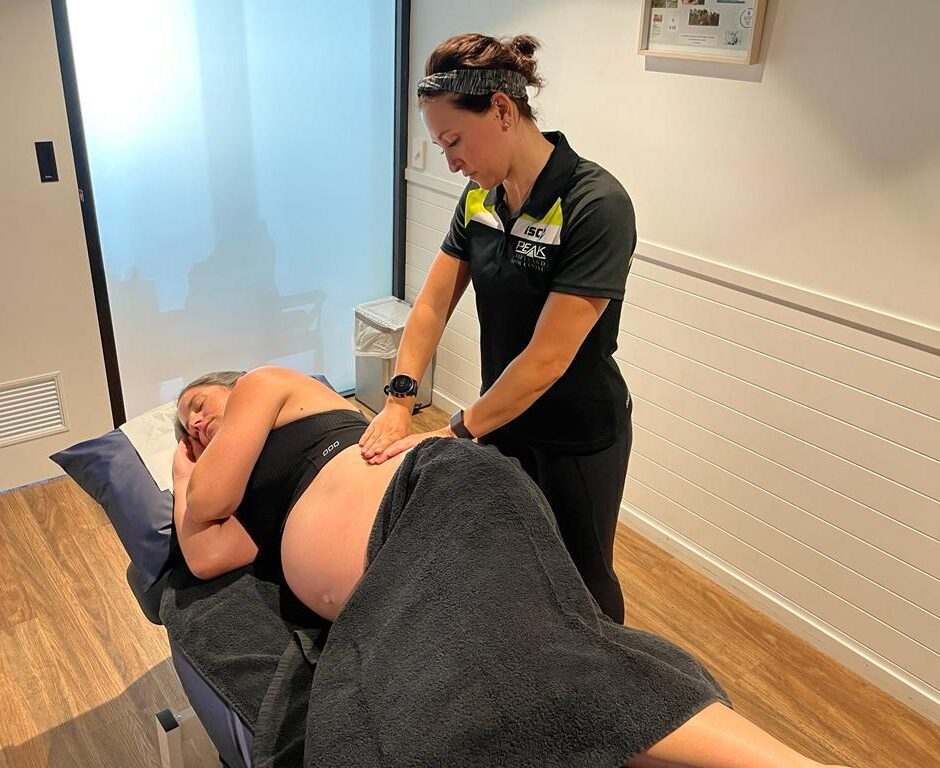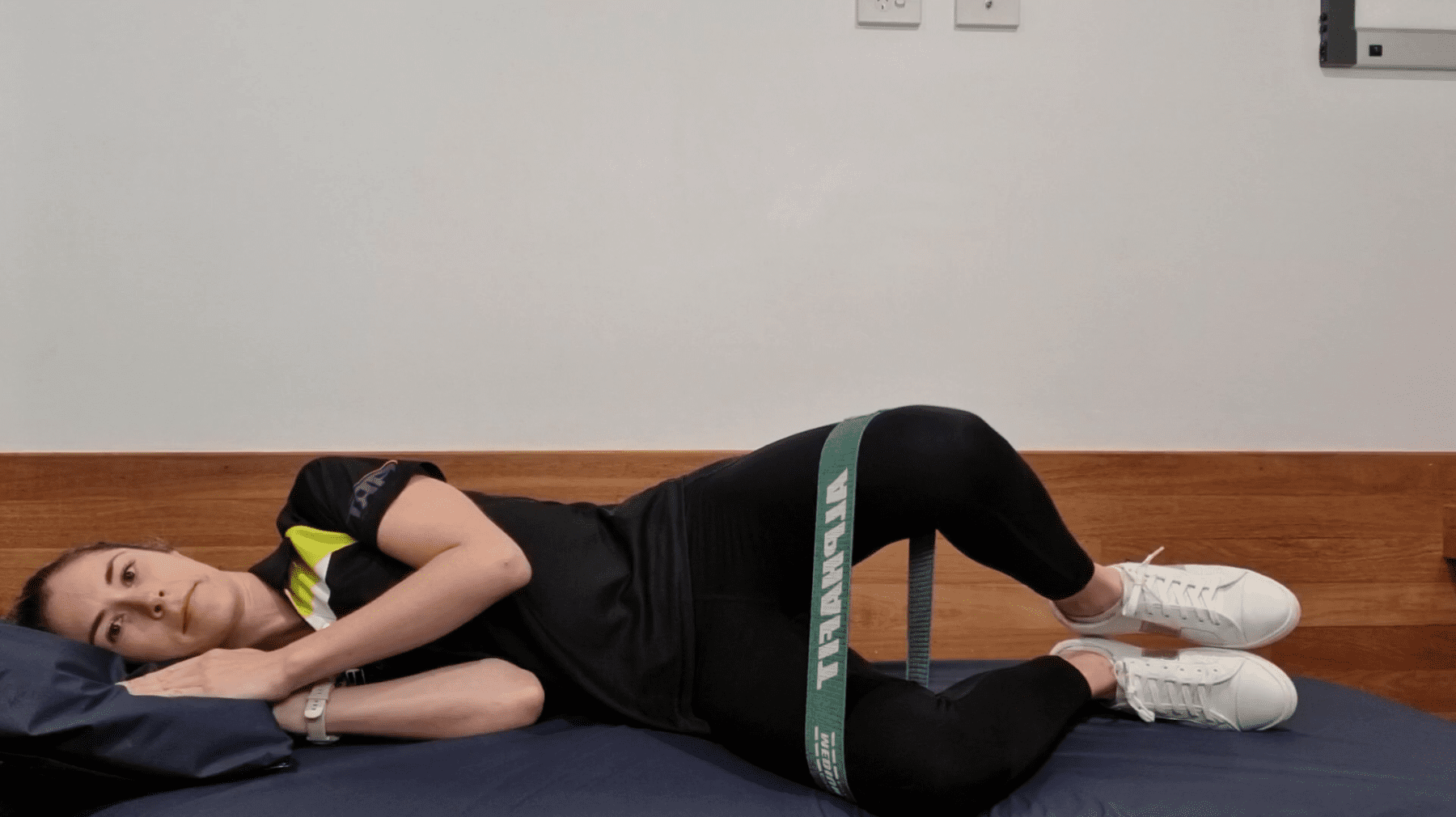What is Pregnancy Related Back Pain, and Why Does it Matter?
During pregnancy women may experience low back pain or pelvic girdle pain. Low back pain (LBP) is pain between the lowest rib and the gluteal fold (base of your bottom). Pelvic girdle pain (PGP) is characterised by pain in the sacroiliac joint region (where your tailbone joins your hip bones)or the pubic symphysis (the front of your pelvis).
The cause of these pains, although not fully understood, is likely related to instability due to hormonal changes, weight gain and changes in posture. As a woman’s center of mass shifts forward with her increasing belly, she gets an increased curve in her low back increasing the pressure on the structures here. Similarly, as her ligaments relax to allow her body to move with her growing baby, she relies more on her muscles. The increased movement at the joints may cause inflammation and the increased reliance on the muscles can cause tightness and discomfort.
This can have a significant impact on a woman’s quality of life; from stress, disturbed sleep and interruptions of daily activities, to having to take time off from work. Because of this significant impact and the prevalence of LBP and PGP in pregnant women, it is important to highlight ways we can decrease this pain.

1. Massage for low back pain
Massage during pregnancy can be beneficial in decreasing back and leg pain. It can also reduce depression and anxiety, and improve general health through increasing immune response.
Women with an uncomplicated pregnancy can safely have massage throughout their pregnancy. There should be precautions taken when massaging pregnant mothers, so it is best to visit a qualified practitioner who is aware of these. Precautions should be taken around massaging of the legs, arms and abdomen and positioning should be addressed for the mother and fetal comfort and safety.
2. Strength Exercises: Clamshells
Our body’s joints maintain their integrity through the work of ligaments, the joint’s bony shape as well as through muscle support. As a pregnant woman’s ligaments relax to allow for growth and delivery of her baby, more reliance is placed on her muscles to help with stability. Strength exercises play an important role in increasing the muscles ability to deal with this increased load.
One exercise that can be helpful is the clamshell.
Lie on your side. You can have a pillow under your head and your belly to improve comfort. Position a band around your knees. Lift your knee up towards the ceiling, keeping your feet together and your hips stacked. Slowly lower back down. Repeat 10x, 3 sets, 3x/week.
3. Strength exercises: Wall Squats with band
Using the wall for this strength exercise helps provide stability with an ever-changing centre of gravity.
Position your feet a foot or two from the wall. Your knees should be behind your toes when you are at the base of the position. If your knees are too far forwards, move your feet further away from the wall. Press your knees out into the band.
Slowly lower yourself down to 90 degrees knee bend. Push back up through your heels and your big toe to activate through your glutes and inner quads. To help slide you can use a ball behind your back. Repeat 10x, 3 sets, 3x/week.
4. Mobility exercises: Child’s pose
Mobility exercises, like massage, can relieve pain caused by tight, hard-working muscles. These exercises can be performed several times a day as needed. Care should be taken to not overstretch muscles as this can sometimes aggravate your pain.
Start on all 4s with knees slightly wider than hips width apart. Sit bottom back as far as possible and stretch arms forwards. Breathe deeply while holding this position for 30-60seconds.
5. Mobility Exercises: Cat-camel
Start on all 4s, arms shoulder width apart, knees hips width apart. Breathe in and arch up your back towards the ceiling, tucking your head and tailbone under. Hold for a few seconds. Then breathe out and drop your belly towards the ground, looking upwards with your head. Repeat for 5 deep breaths.
Trying the above 5 steps are a great way to start decreasing the impact of LBP or PGP during your pregnancy. Some of the steps or exercises may not be the best option for you, so get some guidance from a therapist trained in antenatal care. At PEAK we have several physiotherapist and massage coaches with training and experience in Women’s health. Reach out to us by phone or through our website. Always check with your care provider to see if starting a new exercise program or massage is right for you.
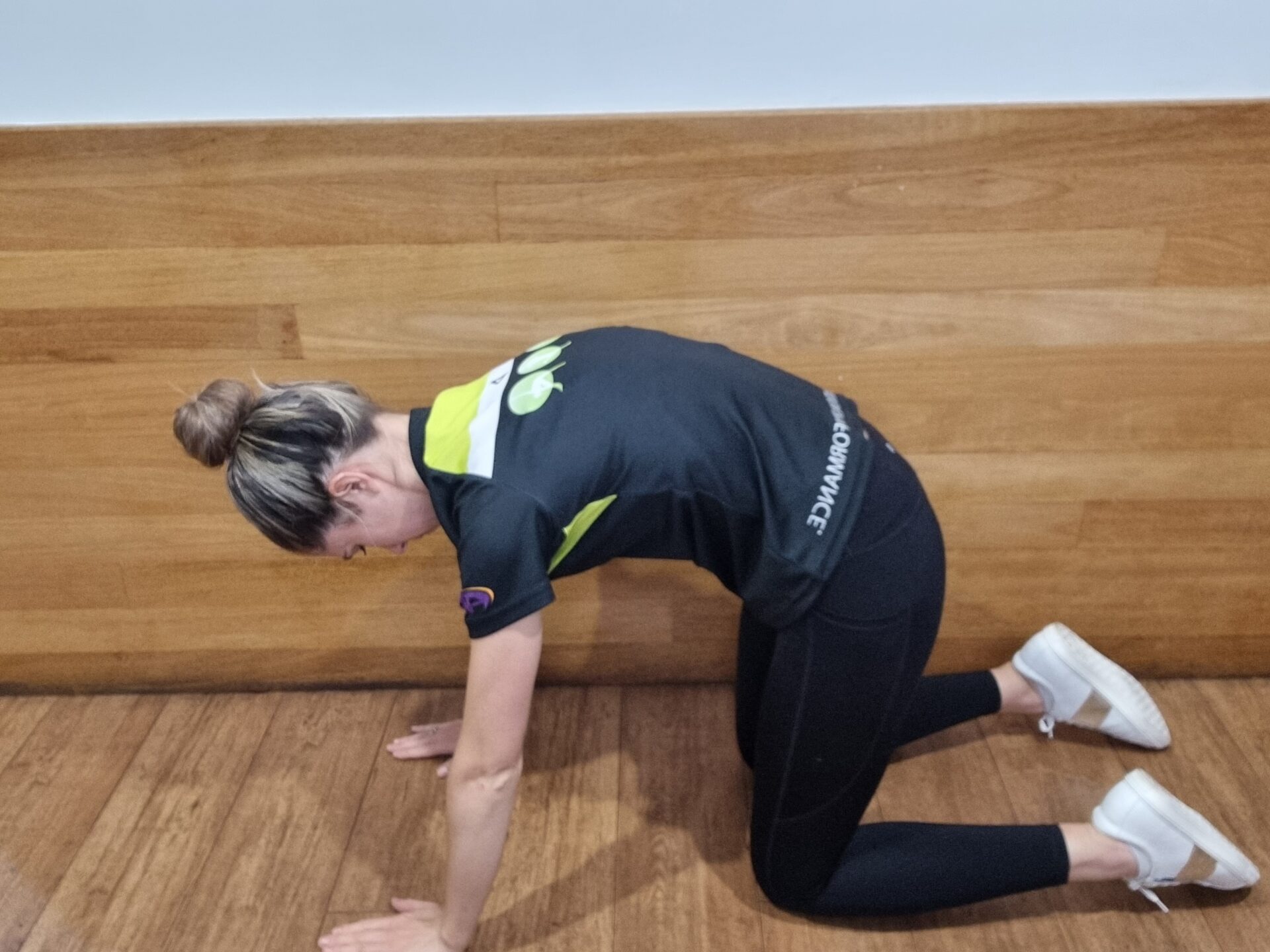
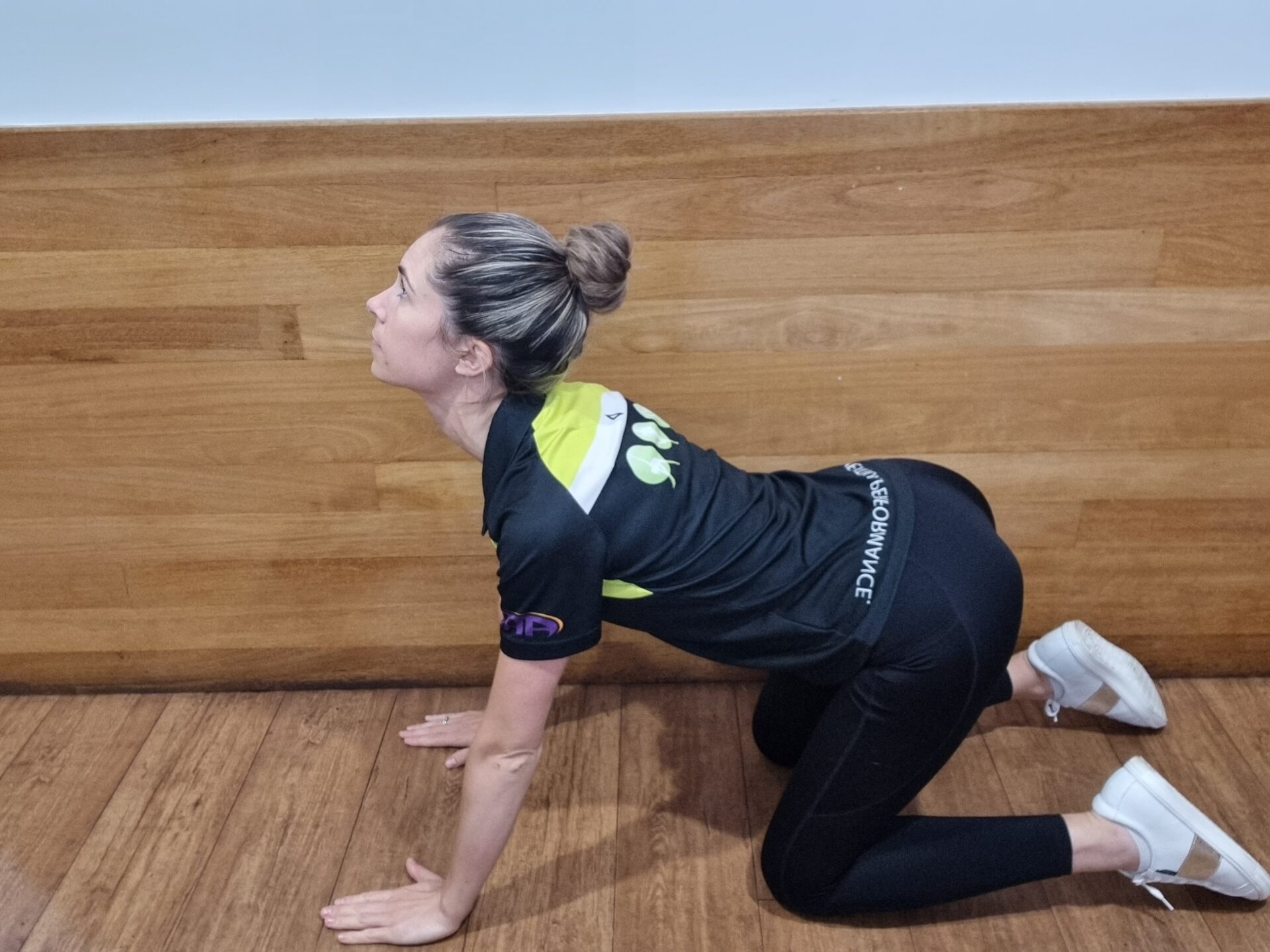
Let's get started — How can we help?
Physiotherapy
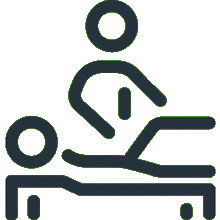
Chiropractic
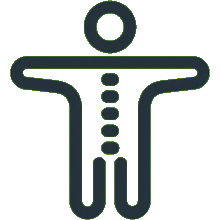
Podiatry
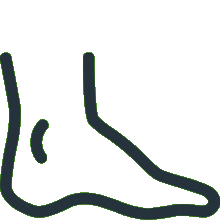
Massage Therapy
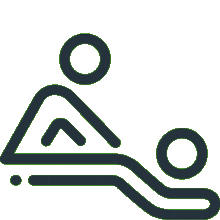
Women's Health Physiotherapy

Running Program Tailored To Your Goals
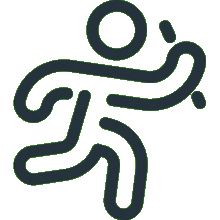
Joint Mobilisation
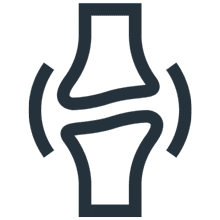
Active Release Technique
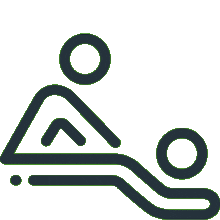
Exercise Prescription
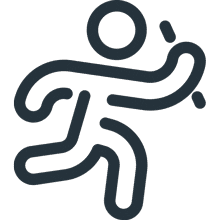
Real Time Ultrasound Imaging

Spinal Manipulation
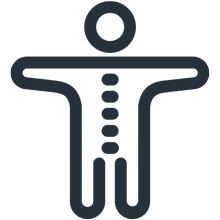
Functional Movement Screen
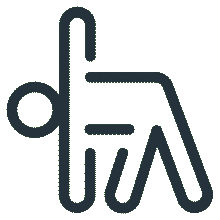
Knee Pain Treatment

Hamstring Strain Treatment
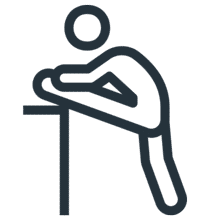
Hip Pain Treatment

Upper, Middle & Lower Back Pain

Neck Pain Treatment

Shoulder Pain & Rotator Cuff Tear

Can't find what you're after?
View all ServicesOr email the PEAK team at info@peakssc.com.au
Hawthorne
- Phone: (07) 3399 3318
- Fax: (07) 3319 6577
Address
5/171 Riding Road,Hawthorne, QLD, 4171 Get Directions
Opening Hours -
6 days per week
- Monday - Friday: 7:00 am - 8:00 pm
- Saturday: 7:00 am - 1:00 pm
To make a booking outside of business hours, please use our form by clicking here.
New Farm
- Phone: (07) 3399 4668
- Fax: (07) 3319 6577
Address
1/15 Lamington Street,New Farm, QLD, 4005 Get Directions
Opening Hours -
6 days per week
- Monday: 7:00 am - 8:00 pm
- Tuesday: 7:00 am - 8:00 pm
- Wednesday: 9:00 am - 8:00 pm
- Thursday: 10:00 am - 8:00 pm
- Friday: 7:00 am - 3:00 pm
- Saturday: 7:00 am - 3:00 pm
To make a booking outside of business hours, please use our form by clicking here.
